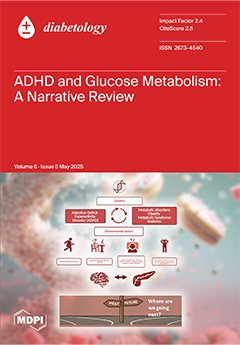Background: Among individuals with type 2 diabetes (T2D), cardiovascular disease (CVD) is the leading cause of death, demanding prevention approaches. Exercise is a powerful option for non-pharmacological strategies to improve cardiovascular outcomes. This systematic review aims to evaluate the effects of aerobic, resistance,
[...] Read more.
Background: Among individuals with type 2 diabetes (T2D), cardiovascular disease (CVD) is the leading cause of death, demanding prevention approaches. Exercise is a powerful option for non-pharmacological strategies to improve cardiovascular outcomes. This systematic review aims to evaluate the effects of aerobic, resistance, and combined training on CVD in individuals with T2D.
Methods: From 2013 through the end of 2023, PubMed, Scopus, and Web of Science were systematically searched for articles. The studies included 15 articles lasting at least eight weeks and involving 1794 participants each. The cardiac events measured were blood pressure, lipid levels, heart rate variability (HRV), and inflammatory markers such as C-reactive protein (CRP) and interleukin-6 (IL-6).
Results: Aerobic training reduced systolic and diastolic blood pressure by 6 mmHg and 3 mmHg, respectively, while significantly enhancing lipid profiles, evidenced by an 8% reduction in LDL cholesterol and a 5% rise in HDL cholesterol. In addition, improvements in lean muscle mass, insulin sensitivity, and slight changes in inflammatory markers support the benefits of resistance training. The most pronounced effects emerged from combined training, which resulted in a 9 mmHg decrease in systolic blood pressure, a 6 mmHg decrease in diastolic pressure, a 10% reduction in LDL cholesterol, a 15% increase in HRV, and a 10% reduction in CRP and IL-6 levels.
Conclusions: Combined training has more favorable effects on several key CVD risk factors than aerobic or resistance training alone. It can be regarded as the most effective exercise modality for decreasing CVD risk in adults with T2D.
Full article





